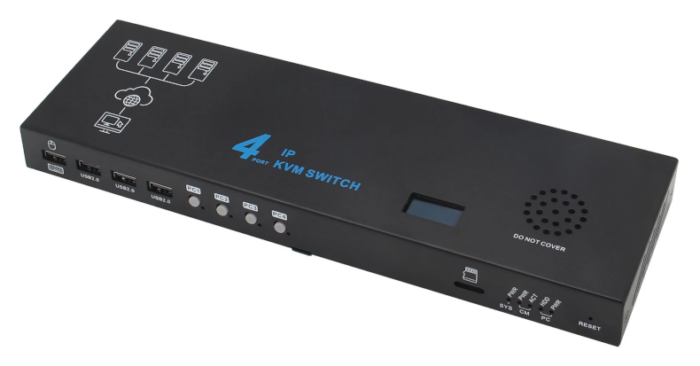Time to get something off my chest.
On YouTube I’ve seen plenty of videos talking about using filter papers and puck screens in the portafilter to get better extractions. Lots of people are advocating for them, and you can find them all over Amazon and at other places selling coffee equipment.
And, really, can we stop with this?
Espresso is already complicated enough with the need to dial in a grinder and get your puck prep right. Do we really need to keep adding stuff to make it even more so?
I’ll say this up front: puck screens and filter papers won’t save you from bad puck prep. It’s like a gamer thinking his gaming system is holding him back when he just sucks at the game he’s playing. Or a photographer thinking they need a high-end camera when they just need more practice and better training with what they have.
And it seems people have become convinced that puck screens and filter papers are a shortcut to a great espresso shot. Sorry to burst your bubble, but they aren’t. They won’t save you from bad puck prep. They won’t save you from a bad grinder. They won’t save you from bad coffee.
Here’s a simple test. If you have a bottomless portafilter, what does the underside look like when you’re pulling a shot? Since that’s the first sign of how even the flow is through the puck. If you don’t see the coffee coming through the underside in a relatively even fashion, meaning all the little holes in the underside come to life at about the same time, you don’t have even flow.
A few things to check first, then, in this order:
- Your puck prep
- Your shower screen
- Your portafilter basket
So let’s discuss…
Puck preparation
It is of paramount importance you start here.
You’ve probably heard of the Weiss Distribution Technique, or WDT. If you aren’t already doing this, start here. It is the single-best improvement to your puck prep that you can make. A simple tool is all you need – tons of options abound on Amazon – along with a tall dosing funnel. Watch some videos on YouTube about the technique and practice it.
This alone will drastically improve your extractions if you aren’t already doing it or aren’t doing it right. It wouldn’t surprise me if that alone is enough to get the bottom of your portafilter “lighting up” in an even and consistent manner.
But if not, the next thing to check is your shower screen.
Shower screen
How often are you cleaning your shower screen, to begin with? If it’s easy to remove – i.e. just need a screw driver – take it off every once in a while and clean it. (I realize it’s not easy to routinely do this with an E61.) At minimum, brush it every once in a while with a soft-bristle brush (like one of the toothbrushes your dentist gives you).
And make sure you’re backflushing your machine regularly (using a detergent like Cafiza), if you have one that requires that.
If you can upgrade your shower screen, do so. I upgraded to this one from E&B Lab (i.e. IMS) over 3 years ago (as of this writing), and it’s been working phenomenally:

See that mesh screen on the front? That will do what a puck screen normally does and spread out the water across the puck. You can see that quite readily by watching the water flow through it. And… it’s only 28 USD (as of this writing), less than the cost of premium puck screens and only about twice the cost of the lower priced options from companies like Normcore.
It’s only if you can’t upgrade your shower screen that you could look at puck screens to help even out the water flow. But before you go that route and complicate your routine, look at your portafilter basket first, since it works in tandem with your shower screen to extract the shot.
Portafilter basket
You don’t need to go all-out here and buy the Sworz billet basket. But that doesn’t mean your existing portafilter basket doesn’t suck, because it likely does. You will be far better served getting a better basket before adding filter papers or a puck screen into your steps.
And, like replacing the shower screen, this isn’t an expensive upgrade either. I was shocked when I saw the price of the filter basket I currently use: the VST 18g 58mm basket. And other comparable baskets are on the market at around the same price point.
If you have one of the lesser-end or entry-level espresso machines, look to see if there’s a basket upgrade available for your portafilter. Especially if you’re using a pressurized basket. Switch to a non-pressurized basket first before complicating your routine. This will require investing in a decent grinder, though. And if a non-pressurized basket isn’t available for your machine, upgrade to one with that option. Since having the pressurized basket itself will significantly hold back the quality of your shots.
If you already have even flow…
…why are you looking at adding puck screens and/or filter papers? You’re just going to mess up a good thing. So… don’t. Just don’t.
The only reason to add a puck screen is to keep your group head cleaner. But does it eliminate the need for periodic cleaning? No. So you’re maybe lessening how often you’re cleaning your group head… by introducing something that needs to be cleaned every time you use it. Yeah that sounds really smart…
And before getting filter papers, get a better portafilter basket if you have that option.
Final thoughts
Before adding in puck screens and filter papers, check your puck prep and equipment first. Since the puck screens and filter papers won’t save you from bad technique, bad equipment, or bad coffee. And with the filter papers, it’s added waste – and an added carbon footprint, especially if you’re ordering them premade.
But, for Christ’s sake, can we stop complicating espresso even more than it already is?








You must be logged in to post a comment.